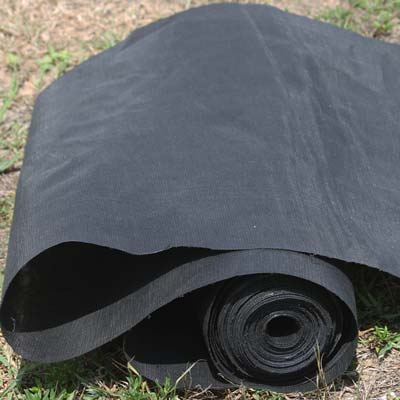Introduction
The geotextile market is currently experiencing a dynamic phase, driven by a multitude of factors that shape its growth trajectory. As a versatile material, geotextiles—particularly non-woven geotextile fabrics—play a pivotal role in various engineering applications, including soil stabilization, drainage, and separation in civil and environmental projects. The Best geotextile products are those that not only meet functional requirements but also align with the evolving market demands for sustainability and performance.

Environmental Trends
In recent years, environmental regulations have significantly impacted the geotextile industry. Governments worldwide have implemented stricter standards to reduce plastic waste and promote eco-friendly materials. This shift has led to a surge in demand for geotextiles made from recycled or biodegradable materials. Manufacturers are now required to innovate and develop products that minimize environmental footprints.
The rise of green building practices has further fueled this trend. Projects that prioritize sustainability often specify the use of geotextiles with lower environmental impacts. Non-woven geotextile fabrics, known for their durability and ability to be produced from a variety of raw materials, have emerged as key players in this green transition. By incorporating recycled polyester or polypropylene, these fabrics contribute to circular economy efforts and reduce reliance on virgin plastics.
High-Performance Demands
Concurrently, the engineering community has set new benchmarks for geotextile performance. With the increasing complexity of infrastructure projects, there is a growing need for geotextiles that can withstand extreme conditions, such as heavy loads, chemical exposure, and severe weather. High-performance geotextiles must not only exhibit superior tensile strength and durability but also maintain their integrity over time, ensuring the long-term success of the projects they support.
Innovations in fiber technology and manufacturing processes have enabled the development of Best geotextile solutions that meet these heightened expectations. For instance, advanced non-woven geotextile fabrics are now engineered with multi-layered structures and reinforced fibers to enhance their resistance to tearing and puncturing. These advancements ensure that geotextiles continue to be indispensable components in demanding applications like slope stabilization, road construction, and waste containment systems.
Strategies of Geotextile Manufacturers
In response to these market changes, leading geotextile manufacturers have adjusted their product lines to align with both environmental and performance requirements. By investing in research and development, they are creating a portfolio of sustainable yet high-performance geotextiles. This involves exploring alternative raw materials, optimizing production processes to reduce waste, and conducting rigorous testing to ensure product quality.
One notable strategy is the adoption of lifecycle assessment (LCA) tools to measure the environmental impact of geotextiles from raw material extraction to end-of-life disposal. This approach helps manufacturers identify areas for improvement and make informed decisions about product design and material sourcing.
Furthermore, collaboration with industry associations, academic institutions, and regulatory bodies is crucial for staying ahead of market trends. By engaging in dialogues and sharing knowledge, manufacturers can anticipate future demands and develop innovative solutions that preemptively meet them.
Future Outlook
Looking ahead, the geotextile market is poised for continued growth, driven by the dual imperatives of environmental protection and high performance. As the global community becomes more conscious of its environmental footprint, there will be an increased emphasis on sustainable materials and practices. This will necessitate ongoing innovation in geotextile technology, with a focus on developing materials that are both effective and eco-friendly.
Moreover, the demand for specialized geotextiles tailored to unique project needs will continue to rise. Manufacturers will need to stay agile, continuously refining their product offerings to meet emerging challenges and opportunities. The Best geotextile solutions will be those that seamlessly integrate environmental responsibility with exceptional performance, setting new standards in the industry.
In conclusion, the geotextile market is at a pivotal point, with environmental regulations and high-performance demands shaping its future. By embracing these challenges as opportunities for innovation, manufacturers can position themselves as leaders in the sustainable and high-performance materials space, driving the industry towards a brighter, more resilient future.
